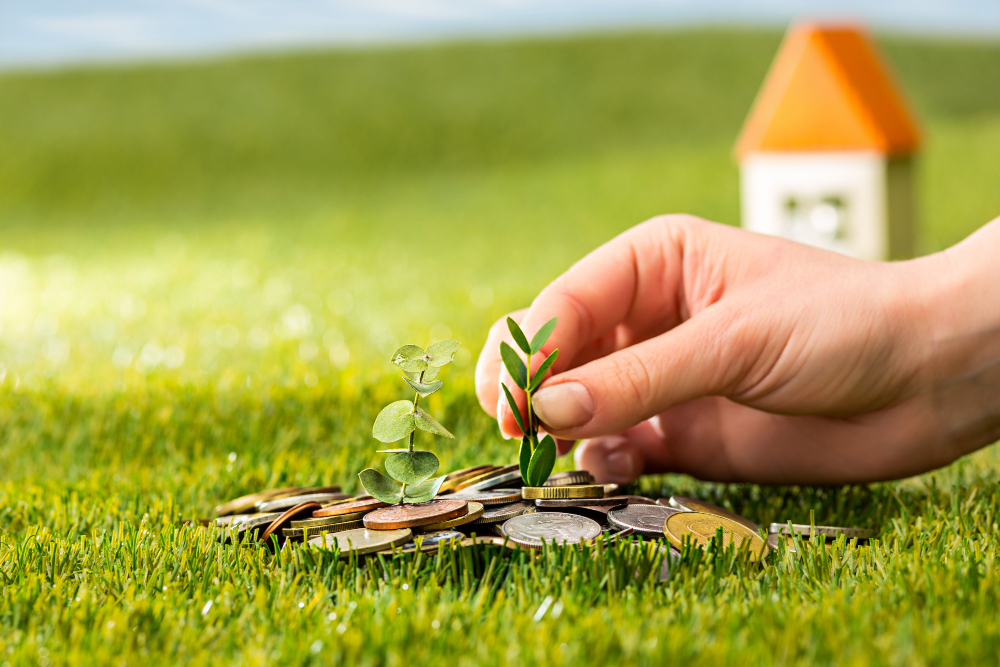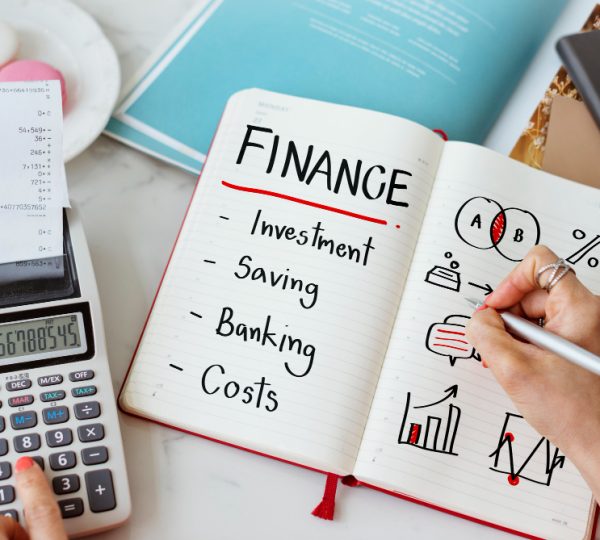‘Green Funds’ Cost More Than You Think.
While you cannot make money by doing good, you will undoubtedly pay more if you feel good. ESG investment, which aims to make companies and the globe [E]nvironmentally safer, [S]ocially fairest, and [G]overned smarter, is Wall Street’s newest bandwagon, or juggernaut. I wonder if most individuals who purchase funds using this strategy know how much they spend and how little they receive. According to a recent study, the actual costs of the typical ESG fund might be three times more than those disclosed. This is because these funds, also frequently referred to as green, sustainable, or responsible, are in no way as pure as they claim to be.

Investors who used ESG tactics to invest in American stocks for the five years ending on December 31 added a projected $64.6 billion to equity and exchange-traded funds. In the meantime, investors withdrew $92.2 billion from every other U.S. stock index fund. While some ESG funds adopt conservative or even “biblically responsible” strategies that favor industrial and other traditional sectors, most ESG funds aim to steer clear of businesses that produce excessive pollution, deplete valuable natural resources, suppress labor unions, minimize gender equality, and other similar behaviors.
The natural outcome is that they lean away from oil and gas and toward software and healthcare. According to Morningstar, sustainability U.S. stock funds invest just 2.6% of their assets in energy but 22.1% of their holdings in tech and 15.4% in healthcare. In contrast, non-ESG funds own 5.7% of energy, 18.7% of technology, and 14.3% of healthcare. It makes sense that green funds have outperformed non-sustainable funds over the previous five years, gaining a median of 8.1% yearly as opposed to 6.9% growth. Most of that time, the economies of technology, healthcare, and energy lagged.
However, most of the market last year tanked along with tech, and energy stocks were the only sectors to perform well. Worst than traditional investments, which lost 18.1%, green funds lost 19.7%. In 2015, more than 2,000 academic articles were analyzed, and the findings were startling. Studies on corporations revealed that adopting ESG precepts improved financial results in slightly over half of the cases. However, only one out of every six research on ESG funds discovered that these portfolios outperformed the norm considerably.
The constructive way the investments that contain sustainable equities may be reduced is if their prices are bid up to obscene levels. ESG funds may struggle to choose “good” firms. Or perhaps green portfolios invest very identically to their non-ESG peers—paying more charges to accomplish the same goals as funds that don’t attempt to wear a halo. The same companies appear in the top holdings of the majority of sustainable funds: Apple Inc., Microsoft Corp., Google parent Alphabet Inc., UnitedHealth Group Inc., and JPMorgan Chase & Co. Additionally, these stocks are among the biggest in the S&P 500.
According to Morningstar, the typical green U.S. stock ETF costs 0.17% yearly fees, 0.05 percentage points higher than traditional funds. Until you triple it, that doesn’t sound that horrible.
A recent Harvard research found that ESG funds typically invest 68% of their assets in “the same” securities as non-ESG funds. Therefore, only approximately 30 cents of every dollar you put in a decent fund goes into equities you couldn’t have obtained in a fund that doesn’t pretend to be investing in ways to improve the world. In the typical ESG fund, just about a third of your investment is clearly “green,” yet you are still charged fees on the complete portfolio. According to one of the study’s authors, business professor Malcolm Baker of Harvard Business School, “you’re essentially paying three times as much for the item you care about, the distinctive portion of the portfolio.”
According to Morningstar, the variations in the returns of traditional U.S. stock funds may be primarily attributed to the changes in the S&P 500. Their average rating on the R-squared, a statistical similarity metric, is 0.95.
The typical R-squared for green funds in comparison to the S&P 500 is 0.98.
Responsible portfolios closely resemble the market as a whole just as much as conventional funds do. They compare it much more now. Non-ESG funds frequently invest in smaller-cap firms, which contributes to this. But if you think green funds are a different investment strategy when, on average, they behave 98% like the traditional stock market, you’re deluding yourself. ESG is a favorite among asset managers since it generates hefty fees and “sticky” money. If you invest in a fund with the hope that it will rescue the world, you are more inclined to hold on to it even if the returns aren’t great.
As my colleagues James Mackintosh outlined in a series last year, you don’t penalize “poor” corporations by staying away from their stocks or reward “excellent” ones by purchasing theirs. The stores you sell or avoid will still belong to someone else, and sky-high stock prices don’t encourage businesses to make better decisions. I guess that pleasant glow may be worth paying for—much to how an expensive watch or vehicle could make you feel special—if, despite all of this, holding an ESG fund nevertheless makes you feel like you’re on the side of the angels. Please be aware that the amount you are paying may quadruple what is stated on the label.



